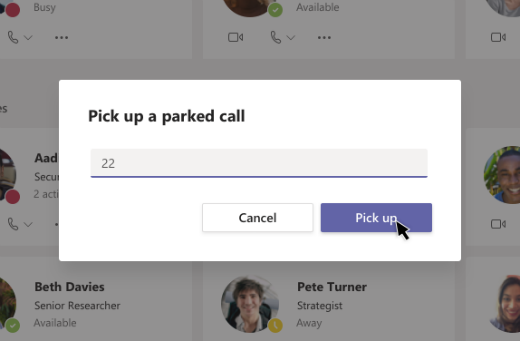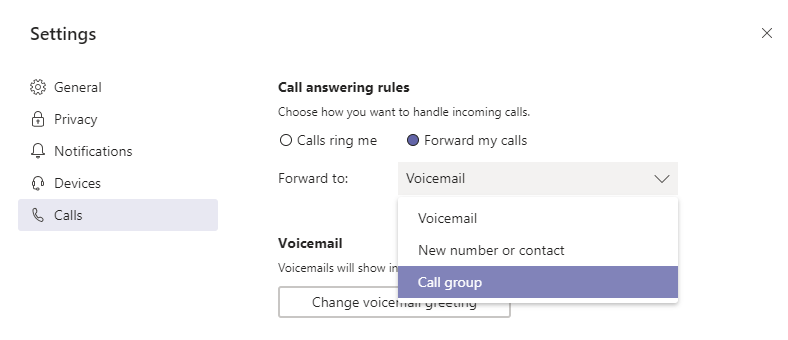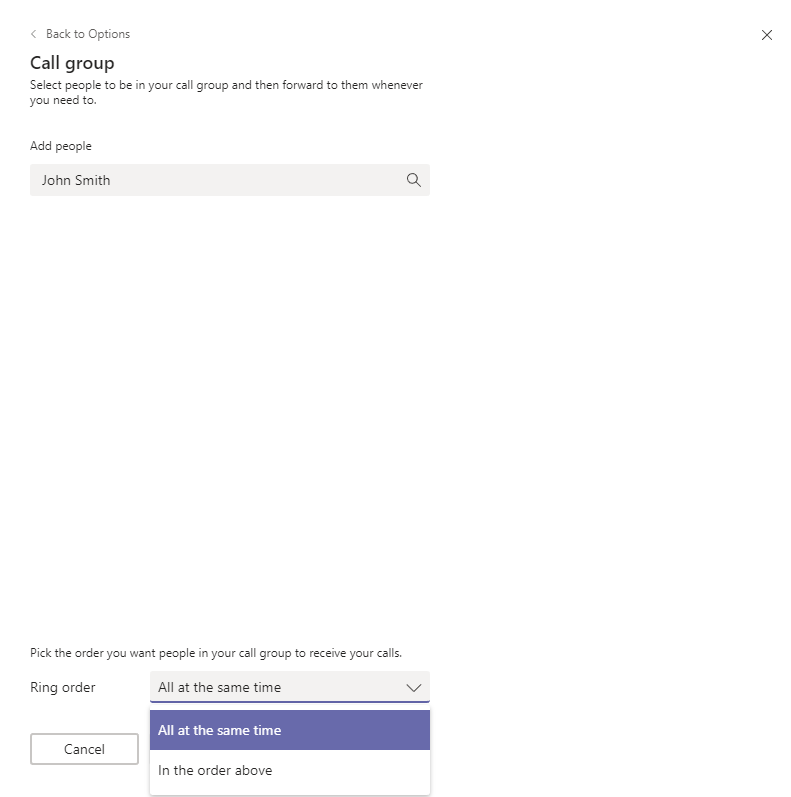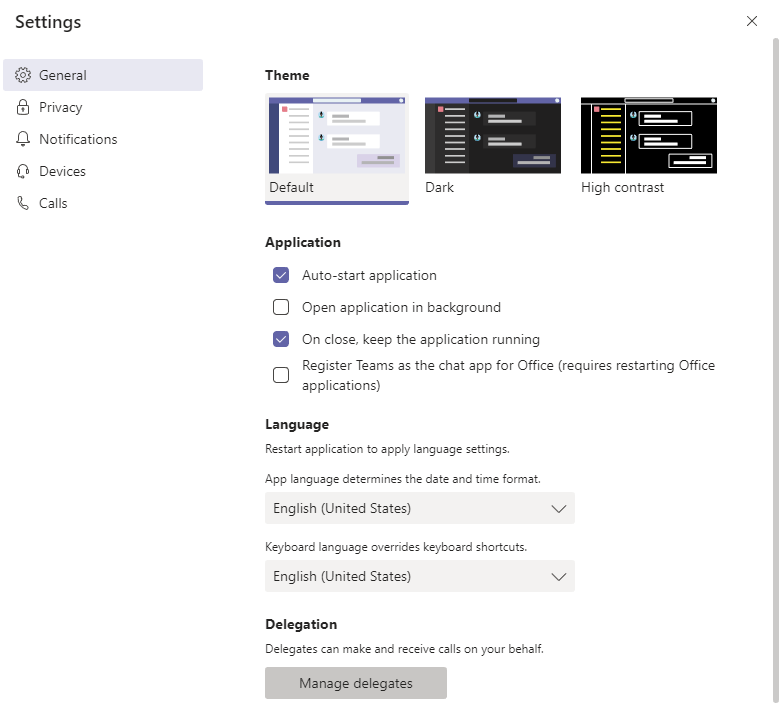Happy Holidays! Microsoft has us all on their “nice list” and as a result they have left some gifts under the tree! Those gifts being some exciting new updates for Microsoft Teams! So, without wasting anymore time, let’s get to unwrapping these gifts!
New Voice Features!
For those of you moving from a legacy PBX phone system to Microsoft Teams, one thing you may have been displeased with initially was the lack of voice features that you previously had with Cisco, Avaya, etc. that you no longer had with Teams. Teams made a great first leap with Call groups and delegation but still had many areas that were lacking in terms of voice functionality. Well, thanks to this great gift from Microsoft, you can now have the feature parity that Teams was once lacking! Some of the new voice features include:
- Group Call Pickup (GCP) – This is an enhancement on the existing “Call group” feature, and can be configured easily by clicking on your picture in the upper right and select “Settings”, then “Calls”, and you will see “Call answering rules”.
In the image above you can see the 3 options available in your call forwarding settings (Voicemail, New number/contact, and Call Group). In this scenario after selecting “Call group” you will have the option to “Add people” to your call group and choose the order that you’d like to ring their endpoints. Lastly, you will have the option on how you’d like to ring your call group (“all at the same time” or “in the order above”). (As seen in image below)
For those users in your Group Call Pickup, they will have the options of choosing to receive full audio and visual notifications for incoming calls in the group. Additionally, they’ll be able to choose which type of notification they want for each group member.
- Shared Line Appearance (SLA) – This is a new enhancement on the delegation in Microsoft Teams. This is similar to your call group but in this scenario you can think of a SLA as sharing your phone line with someone, so they will see all of your calls that you receive. This can be setup by going to your profile picture at the top of the app, then click “Settings” and then “General”. At the bottom of that box you will see an option to “Manage delegates”.
After selecting “Manage delegates” you will see an option to add a delegate (the user that will receive calls on your behalf) as well as the permissions that the user is allowed to perform (Make calls and/or receive calls).
With this latest enhancement of SLA, you can now configure any Enterprise Voice enabled user as a shared number with multiple lines to respond to multiple calls. Contrary to popular belief, you won’t actually be receiving the call on the shared number. Instead, calls will be forwarded to the delegates for that shared number and any delegates will be able to answer that call.
- Call Park (CP) – You can now connect callers with users that are hard to contact when they are working. This is a highly requested feature for receptionists that assist callers in getting connected to the intended employee. For example, when a call comes in to the receptionist they will have the option of placing the call on hold and having someone else pick it up on another device, also known as parking a call. To do this, the receptionist would just click More actions
 in their call window and select Call park
in their call window and select Call park  . After the call has been properly “parked” Teams will give the receptionist an unique code that they will send to the target employee via intercom, pager, or even text. For the user on the other device that will be retrieving the call, they will need to go to their speed dial tab and click Unpark
. After the call has been properly “parked” Teams will give the receptionist an unique code that they will send to the target employee via intercom, pager, or even text. For the user on the other device that will be retrieving the call, they will need to go to their speed dial tab and click Unpark  , and enter the park code.
, and enter the park code.

Image provided by: https://support.office.com/en-us/article/park-a-call-in-teams
Note: If no one picks up the parked call within 5 minutes, it’ll ring again.
- Location-Based Routing (LBR) – Some countries have certain regulations in the manner that you route your calls between VoIP endpoints and your PSTN endpoints depending on where each party on the calls is located. With LBR you can enforce call authorization rules via the user’s location policy and their location that your admin has configured in the tenant. LBR will be available for public preview this month and is slated for general availability by the end of Q1 of 2019.
This wraps up (or I guess you can say “unwraps”) the latest and greatest gifts that Microsoft has graced us with. I hope you have found this helpful and hope that you have a wonderful holiday!




